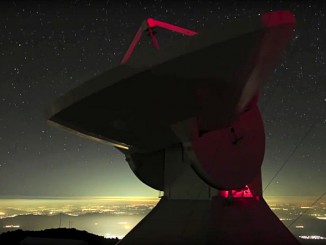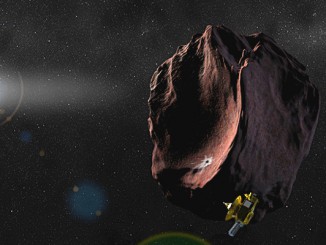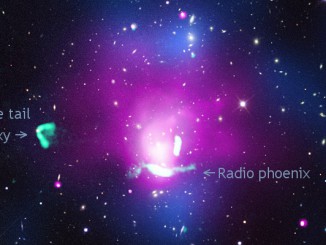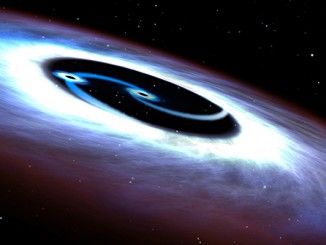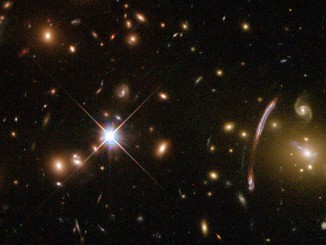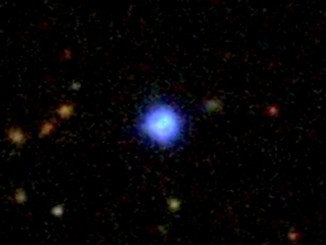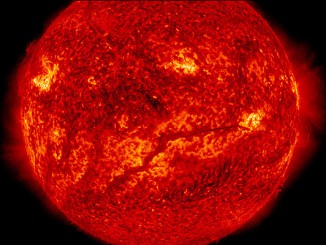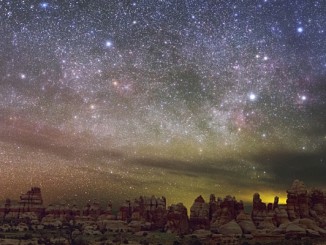
Canyonlands granted Gold-Tier International Dark Sky Park status
The Canyonlands National Park in southeastern Utah, USA is visited by more than 400,000 people each year. The International Dark-Sky Association has now granted Gold-Tier International Dark Sky Park status to Canyonlands, an honour reserved for the darkest of dark skies and the most stunning of starscapes.

